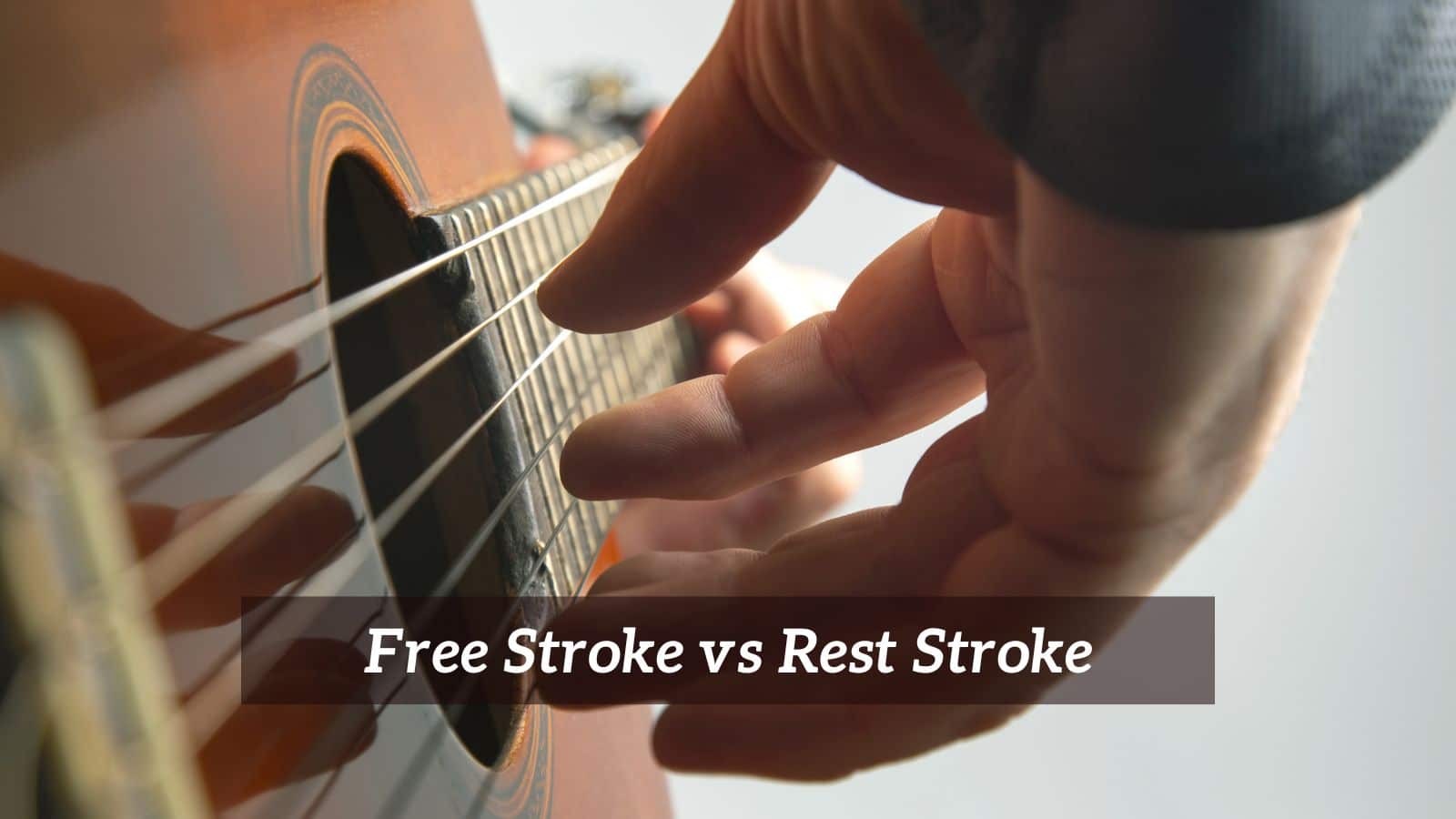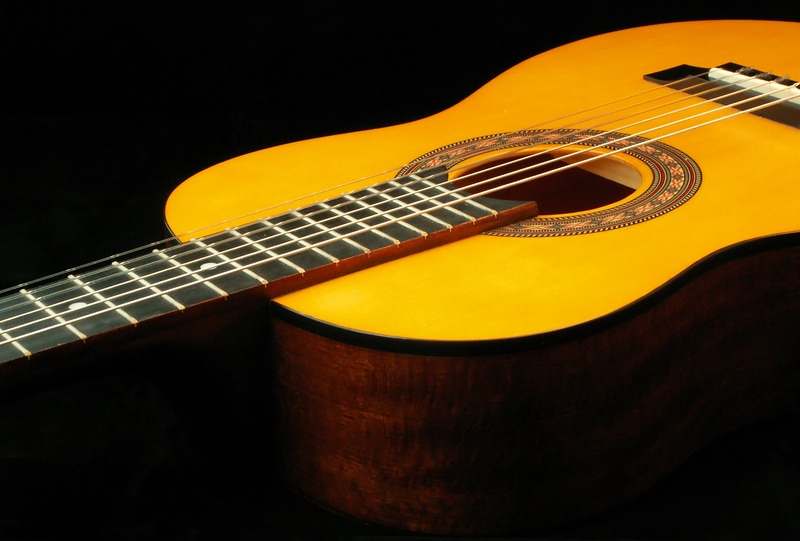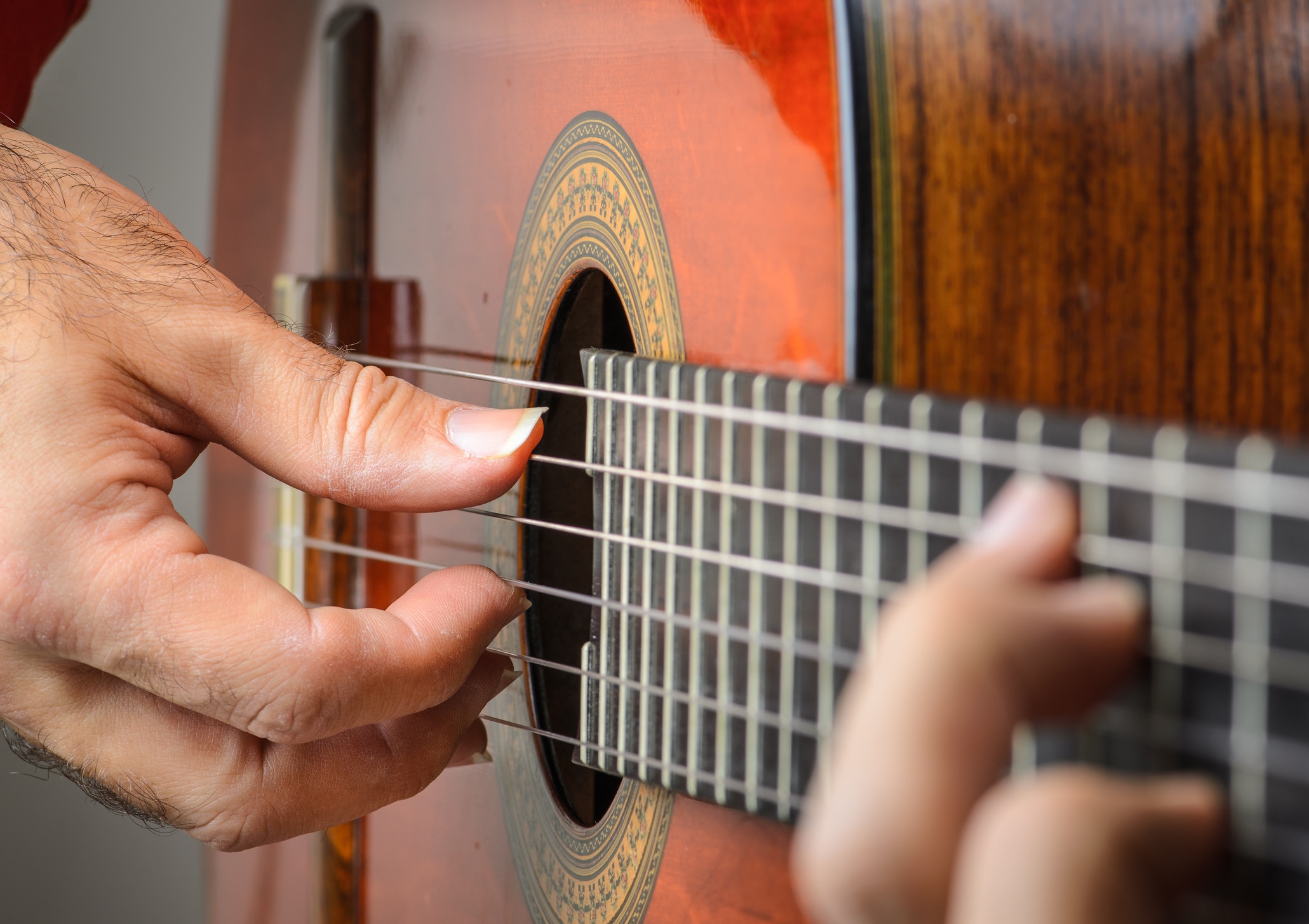
Unless you are a seasoned classical guitarist, the title of this article may mean very little to you.
I hope, however, that if you strengthen your resolve and sharpen your curiosity I may be able to lure you into a greater appreciation of this fine instrument and the techniques that surround it.
As with all instruments, and I include voices here, the technique is at the cornerstone of learning and eventually, mastering that instrument.
Technique coupled with a good sprinkling of creative intuition will often lead to having complete control of any given instrument that allows the player to perform in a way that increasingly becomes fluent.
For each instrument or voice, there are specific techniques that can be thought of as peculiar to the non-specialist but are key when learning that instrument.
Consider the forming of the embouchure on a clarinet, oboe, flute or bassoon; the bowing techniques on string instruments, or breathing techniques for singers.
All of these plus many more facilitate performance and the attainment of total confidence to tackle any piece that comes your way.
Here we are focusing on the classical guitar. This is a six-string instrument that has both nylon and metal-wound strings.
This distinguishes it from an acoustic guitar which sports only metal strings. Both are acoustic instruments but the sound and to an extent, the playing techniques, are distinct.
For a large percentage of players of the classical guitar, it is the right hand that plucks the strings whilst the left-hand plays melody and chords by pressing the strings to the fretboard.
When thinking about the rest stroke and the free stroke, we are directly centring our attention on a technique used by the right hand.
Free Stroke vs Rest Stroke
Let’s look in more detail at the two different strokes. Both of these strokes are fundamental components in playing the classical guitar and ones that any student will need to master as they progress.
The free stroke, perhaps as the name suggests, is when a finger plays a string and then moves away from it freely. This means the string will sound for its natural duration, decaying without interruption.
The rest stroke is a different kettle of fish. If a guitarist is playing a rest stroke instead of the finger flying free, it comes to rest on the string behind it.
If a performer played the high ‘E’ string using a rest stroke, their finger would then come to rest on the ‘B’ string. In essence, this is what distinguishes the two strokes but there is more to consider that includes the hand position of the guitarist.
There seems to be some debate, when weighing up the rest and free strokes, as to exactly how much flesh and how much of the fingernail is to be engaged with the string.
The suggestion from several experts suggests that the flesh of the finger should strike the string initially followed by the side of the fingernail.
This appears to be the consensus for both strokes. The thinking behind this practice is that the flesh of the finger makes a subtler attack of the note and therefore a more desirable tone that avoids unwanted nail clicking.
In addition to the flesh versus nail dilemma, there is also the movement of the finger that affects the stroke.
Again, there seems to be little difference in approach between the two strokes but the idea adopted by a large number of classical players is that the knuckle joint is best for executing the strokes.
The physiological argument that supports the concept centres on the strength that the joint is capable of and the level of control it provides the guitarist with.
Further along the line of fingers, the control and strength are noticeably less even though this can be improved through careful and consistent practice.
What stands out for me in the research I have conducted is that the most vital aspect of properly delivering either stroke is relaxation. As odd as this may sound a tense hand cannot hope to deliver the same level of control as a relaxed one.
Both of these strokes are crucial techniques that all guitarists require. Accomplishing them smoothly and confidently hinges on adopting a relaxed posture.
Working on these strokes in the absence of a relaxed hand can lead to injury, poor tone and the ingraining of weak technical habits.
Depending on the music you are playing and the style of classical guitar you are using, there are keen advantages that come with the resting stroke. If your finger comes to rest on the string that is now expected to play the next note, you have overcome a challenge neatly.
If you were to use a free stroke your delivery of the next note is unnecessarily complicated. Some guitarists like to assign each finger a string.
In this was that finger, index, middle and so on, stay with their allocated string playing all the notes that are appropriate to that string. Advantages and disadvantages to this approach, so knowing which to use where is important.
In a very real sense then there are small but essential differences between the rest stroke and the free stroke. What stands out from the research is the advice on how to learn these key techniques and what to avoid.
It is the positioning of the (right) hand that makes a major difference in whether or not the stroke will be effectively played.
The difference is a highly technical one that requires considerable practice to know exactly where you are positioning the knuckle joint relative to the strings on the instrument.
There is only a small margin for error with each stroke with one side effect of that resulting in strings being missed altogether.
The curvature of the fingers is an additional consideration and not one to be lightly dismissed. This cannot only alter the delivery of the note but if used as a substitute for poor hand position will lead to significant performance issues.
These can take a long time to unlearn, so taking adequate time to polish and fine-tune these strokes is paramount.


